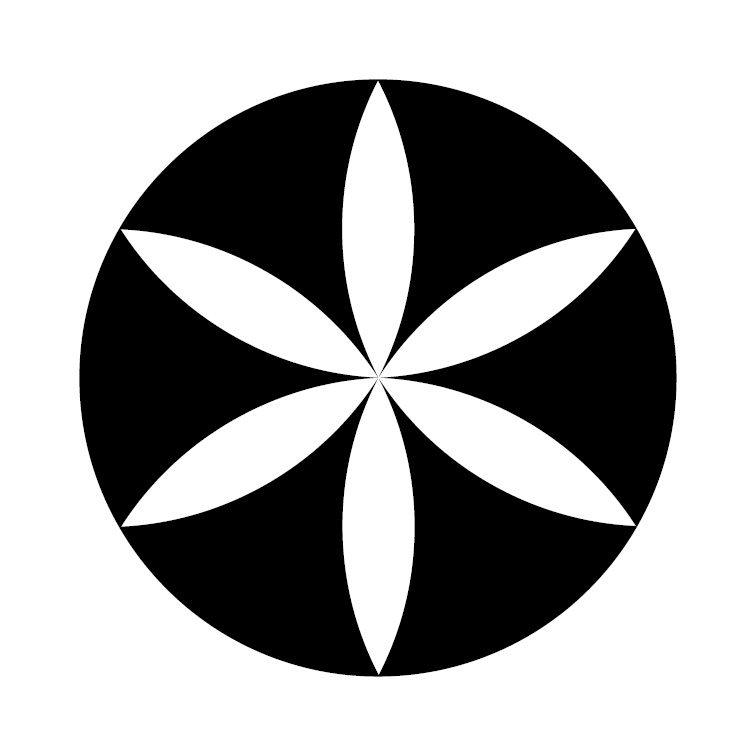St. John’s wort
A painting from the latest period of Peter Pollág’s work (1958) was purchased because of the topic which has a strong autobiographical context and a connotation to the history of the artist’s native town of Levoča. It represents the latest painter’s creation and, at the same time, is a reflection of the work by a Levoča photographic studio of Eugene Kopasz from the 1930’s.
The painting is part of the, so far, small series called Herbal Plants and also a series of exhibitions of the same name. The inspiration and the starting point for the artist was a photography from a family album which had been made shortly after the first world war in the Levoča photograpic studio of Eugene Kopasz. It is a group portrait of the artist’s grandparents Anna and Stephen Pollág and their oldest children, those who had survived until adulthood, son Paul (the artist’s father) and daughter Hanka. It is a traditional photograph of an urban craftsman’s family. The artist’s father was a tailor and the whole family of several generations lived in Levoča.
The artist has emphasized a certain formality of the studio photograph by overexposing the studio – the floor, the stage and the falling snowflakes on the right. A surreal supplement to it is a figure of a naked woman with a hat that is a personification of emotion and energy hovering at the back of the photograph. According to the artist, it is „ a personification of a genuine spontaneity of the family which the old formal studio photographs were suppressing. At the same time, it is an allegory of an erotic charge, love, positive relationships in the family, a picture of mutual love (hence the title of the painting: Ľubovník (love invoking plant in Slovak)- St John’s wort).
Peter Pollág
(born on 19 February 1958 in Levoča) comes from an old Levoča family. In the years 1977 – 1983 he studied at the Academy of Fine Arts in Bratislava. Having graduated he stayed at the Academy as a lecturer in the years 1983 – 1990. He has enhanced his study of painting by studying at foreign academies, such as the Accademia de Belle Arti Pietro Vannucci in Perugia in 1980, in the years 1984 – 1989 the Academy of Fine Arts in Prague, in 1986 – 1987 the École Nationale Supérieure des Beaux Arts in Paris, in 1988 the faculty de Bellas Artes na Universidad Complutense de Madrid in Madrid. Following the year 1990 he has been devoted to his artistic work, small size as well as monumental paintings, stained glass windows, drawings, graphics, book illustrations and scuplture.
Eugene Kopasz
was a Levoča photographer. In 1918 he had finished a two year course in photography in Budapest and started working in a Levoča branch of the Helios and Rosenbach photographic studio, originally from Budapest. In 1921 he bought it and carried on in the activities of the studio under his own name. The studio was in No.2, Nová Street and until 1932 it was very popular. In addition to family portraits and pictures of individuals from the town and its surroundings he also took pictures of the Levoča barracks. Due to his Jewish origin he was detained by the Gestapo and deported to the former concentration camp in Sachsenburg in 1944 which, at that time, functioned as a testing operation for the Bruno Tautenhaun company and was also a shooting range. He died there under unknown circumstances.
